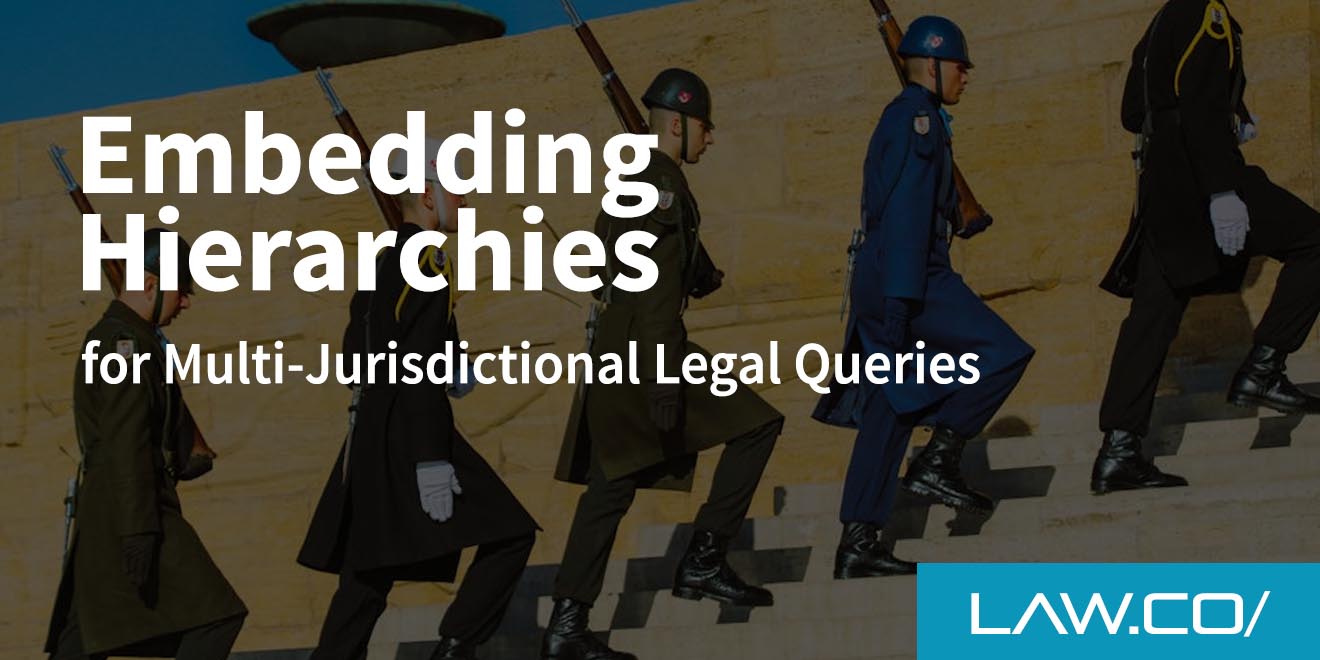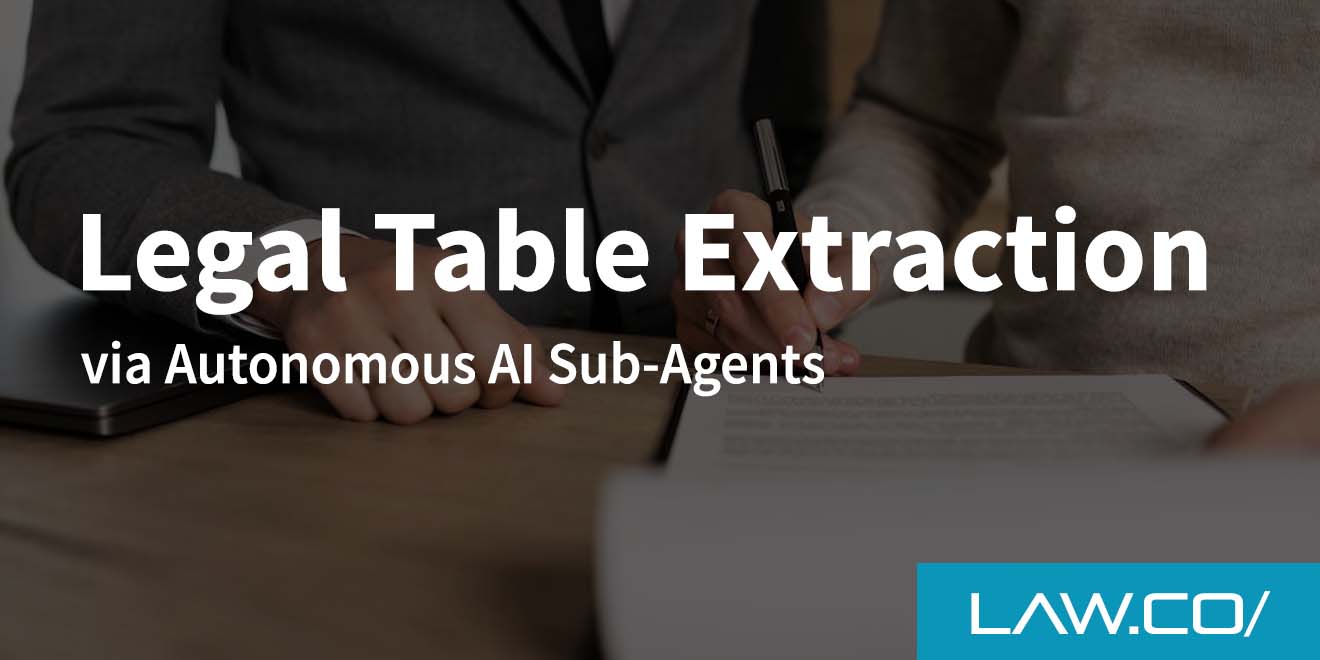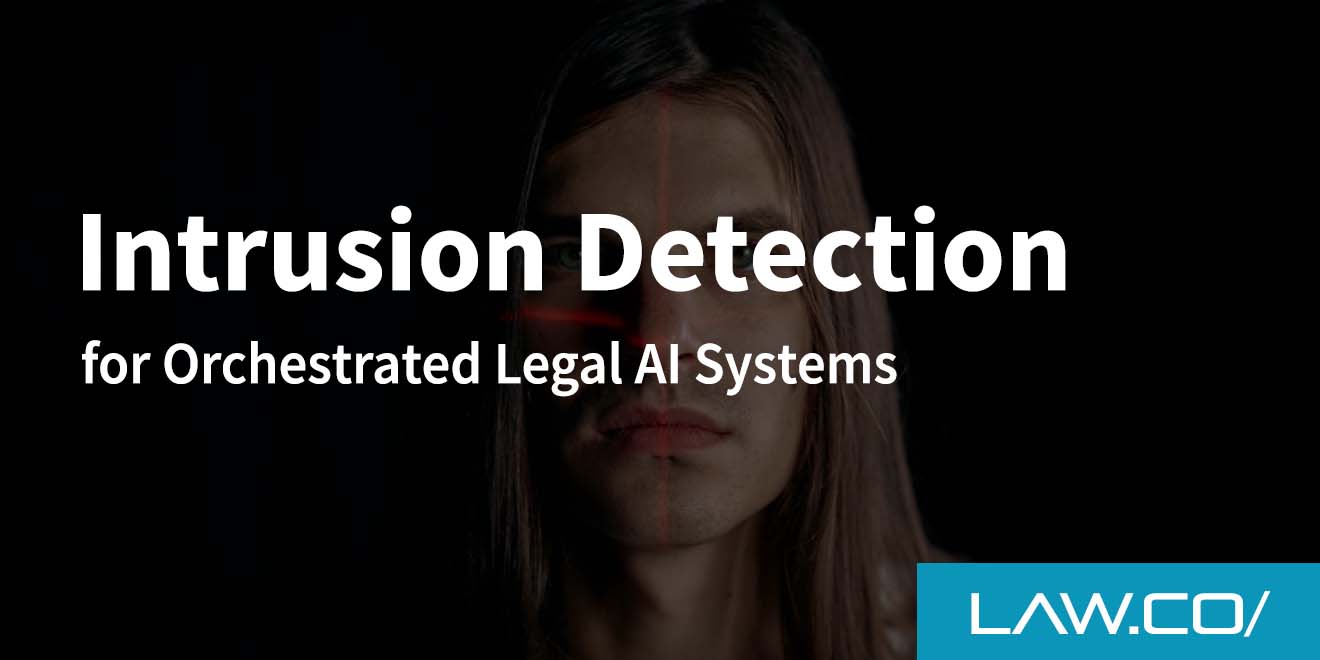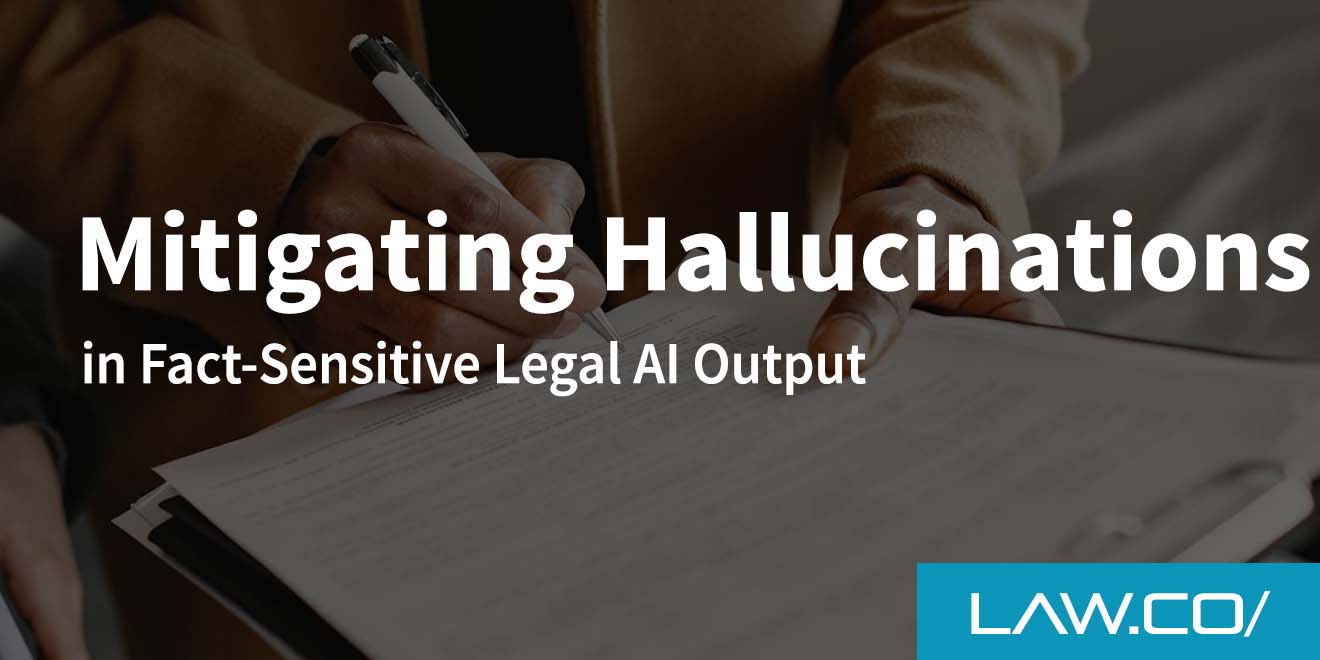

Embedding Hierarchies for Multi-Jurisdictional Legal Queries
If you are using AI for lawyers and law firms, there are nuanced ways to implement it.
A one-size-fits-all approach is more difficult than most AI Law tools would have you believe.
As a lawyer, you already know the pain of stitching together statutes, regulations, and case law from a dozen different jurisdictions. What looks like a simple question—“Can my client market this product in Texas and Ontario?”—quickly balloons into an exercise in juggling inconsistent terminology, overlapping authorities, and ever-changing amendments.
Traditional keyword search tools choke on that complexity; they return either too much (irrelevant) or too little (over-filtered) material. Enter hierarchical embeddings, an approach drawn from natural-language processing that captures meaning at multiple levels of granularity. Done well, it can surface precise answers to multi-jurisdictional legal queries in seconds rather than hours.
Why Multi-Jurisdictional Queries Are So Tough to Crack
Fragmented Sources
Every jurisdiction publishes its material in slightly different formats—PDF slip opinions, HTML regulations, proprietary databases, you name it. Even within a single state, the procedural rules might live on one site while administrative decisions sit behind a paywall. When you multiply that by federal, state, provincial, and municipal layers, the fragmentation becomes overwhelming.
Divergent Terminology
A “pre-trial conference” in one province might be a “case management conference” in another. The substance is identical, but keyword search engines see two unrelated strings. Lawyers are left to translate synonyms by hand, which slows everything down and invites mistakes.
Constantly Shifting Law
Unlike historical archives, live legal data never stays put. Legislatures amend statutes overnight; courts overrule yesterday’s precedent. Any system that hopes to answer cross-border questions has to keep up with those revisions, otherwise outdated advice slips into client memos.
What Exactly Are Embedding Hierarchies?
From Word Vectors to Document Trees
At the simplest level, an embedding is a numerical representation of text—think of it as a point on a high-dimensional map where semantically similar words or passages cluster together. Hierarchical embeddings build on that foundation by capturing meaning at different layers: individual terms, sentences, paragraphs, sections, and full documents. Imagine nesting Russian dolls; each larger doll (the higher layer) summarizes and contextualizes the smaller one inside it.
How Hierarchies Capture Jurisdictional Nuance
Because the model “knows” which clauses sit inside which section and which section sits inside which statute, it can answer very specific questions like “find me the consumer-protection disclosure requirement for subscription services in California” while also recognizing that a parallel clause in British Columbia is functionally similar. The hierarchical structure preserves local nuance—citations, procedural posture, effective dates—yet still lets the system compare apples to apples across jurisdictional borders.
Building Your Own Hierarchical Embedding Pipeline
Mapping Your Data Sources
Start by auditing every repository you touch. That usually includes:
- Statutory text, down to section or article level
- Case law, with headnotes and concurrences tagged separately
- Administrative guidance—interpretive bulletins, advisory opinions, agency FAQs
- Secondary sources such as practice guides or law-review articles
It’s tempting to dump everything into the model at once, but disciplined curation pays off. Remove duplicates, tag each document with rich metadata (jurisdiction, court level, enactment date), and normalize file formats. Clean input means cleaner embeddings.
Training at Multiple Granularities
Rather than flattening each statute into a single blob, split it semantically: subsection → section → chapter → act. Feed those chunks through your embedding model so you end up with a lattice of vectors that can be traversed top-down or bottom-up. If your firm handles multilingual matters—say, English and French in Canada—train joint embeddings that align equivalent concepts across languages.
Orchestrating Retrieval
When a lawyer types, “Does the health-information privacy regime in Queensland resemble HIPAA’s marketing provisions?” the system first embeds the query, then walks the hierarchy in two passes:
- Coarse filter: Identify the jurisdictions (Queensland, U.S. federal) and legal domains (health privacy, marketing) at a high level.
- Fine filter: Drill down to the specific clauses or regulations that semantically match the embedded query.
The result set is ranked by similarity score and supplemented with metadata so the researcher can inspect dates, authorities, and any override notes.
Practical Gains for Legal Teams
Faster Conflict Checks
Large firms often turn away prospective clients because they can’t clear conflicts quickly enough. Hierarchical embeddings let you compare a potential engagement—expressed in plain language—against a universe of past matters across regions. You discover overlapping parties, industries, or issues in minutes.
Smarter Compliance Advice
Compliance lawyers spend much of their day reconciling 50-state surveys or EU member-state nuances. With a hierarchical engine, you can generate a side-by-side matrix that flags substantive differences and commonalities, then drill directly into the source text. Junior associates can move from data gathering to analysis, and senior partners can focus on strategic recommendations.
Streamlined Knowledge Management
Internal memos, opinion letters, and court filings rarely live in the same folder structure. By embedding them hierarchically, you turn that chaotic archive into a semantic library. A litigation team in Chicago can retrieve a research memo produced by the Hong Kong office on an analogous issue, even if the memo never mentions the same statutory citation.
Common Pitfalls and How to Dodge Them
- Over-indexing on Headnotes: Headnotes are convenient but non-precedential. Make sure your pipeline keeps the official text front and center.
- Ignoring Temporal Dimensions: Embeddings can conflate past and present versions of a statute. Preserve effective dates and superseded text to avoid citing repealed law.
- Forgetting About Explainability: Judges and clients won’t accept “the AI told me so.” Attach confidence scores and surface the pathway the engine took through the hierarchy.
- Skimping on Human Review: Treat embeddings as a force multiplier, not a silver bullet. Lawyers must still vet citations and interpret the law’s application to specific facts.
Ethical and Professional Considerations
Confidentiality and Data Governance
Uploading privileged documents to an external API may violate professional-responsibility rules or client commitments. Opt for on-premise or private-cloud deployments where you retain encryption keys, and scrub all sensitive details not essential to training.
Bias and Fairness
Legal embeddings inherit biases from their source material—older cases may reflect outdated social norms, and majority-language jurisdictions can dominate the vector space. Periodic audits help uncover skewed recommendations, particularly in areas like employment or civil rights.
Duty of Competence
Most jurisdictions now recognize technology competence as part of a lawyer’s ethical obligations. Understanding the capabilities and limitations of hierarchical embeddings positions your firm to meet that standard while delivering more innovative service.
Getting Started Without Boiling the Ocean
Pilot in a Narrow Domain
Pick a field where cross-border questions are frequent—data privacy, import/export controls, or fintech licensure. Focus on a handful of jurisdictions and measure before-and-after research times, quality of citations, and user satisfaction.
Iterate and Expand
Once the pilot proves its worth, widen the net to adjacent practice areas or languages. Incorporate feedback loops so the model learns which suggestions lawyers accept, modify, or reject outright.
Partner or Build?
If your IT budget is lean, packaged platforms now offer hierarchical embeddings tailored to legal data. For firms with in-house data-science talent, open-source libraries like sentence-transformers or Faiss let you customize every layer. Whichever route you choose, appoint a cross-functional steering committee so technologists, librarians, and practicing attorneys collaborate from day one.
Conclusion
Multi-jurisdictional research will never be simple, but it doesn’t have to be a marathon of clicking through PDFs and reconciling conflicting citations. By embedding hierarchies, lawyers and law firms can transform scattered data into a coherent knowledge network that delivers precise, jurisdiction-aware answers in real time.
The technology is no longer bleeding-edge theory; it’s a practical tool that, when combined with human judgment, shrinks turnaround times, curbs research costs, and ultimately allows legal professionals to spend more energy on strategic thinking for their clients.

%201.svg)










